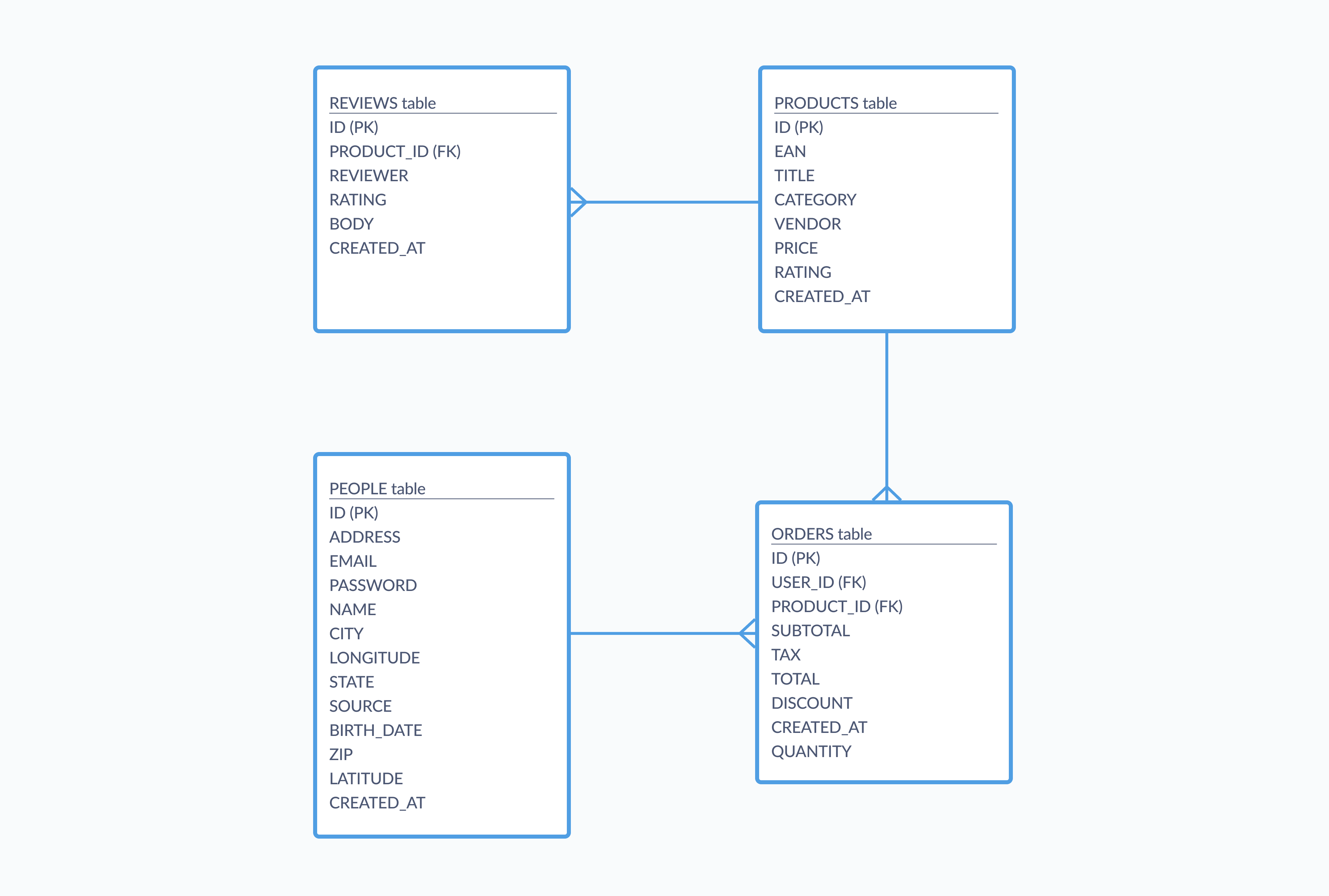

We can also use custom queries to set up our dashboards. Metabase is an open-source interactive data analytics, visualization, and business intelligence tool. What is the distribution of the employees across different vendors?.What is the distribution of the employees across different geo locations?.What are some common statistics for company employees like average, minimum, maximum, and standard deviation?.With information like this, you will be able to answer some key questions like If you have column-specific views, you can select the zoom-in option under More x-rays.įor example, let's select the total employees field. How many products each vendor has created.The ratio between the number of employees to the number of products.How many products are present for a given range of price.How many products are present with a given range of inventory count.Go back to the home page and select public schema under "Try these x-rays based on your data"Īs you can see, we can get some handy information from this like: To view the tables, go to SupabaseDB > public We can now see the "Supabase DB" Supabase project under "Our data". Finally, select your data preference, after which you will land on the Metabase homepage. Go to your Supabase project and hit Settings > Database to get the database info.Įnter the necessary information on Metabase and hit next. You will be prompted to add the necessary connection information to your Supabase project. In the Add your data markdown, you will need to choose PostgreSQL. To launch Metabase, simply go to which is the default port that the Metabase server will be listening to.Īfter Metabase is launched, select your preferred language and add your contact information. Visualizing data in Supabase with Metabase Launching Metabase To take advantage of the open-source version of Metabase, you can use the Metabase docker container here. Prerequisitesīefore we dive in, let’s look at some prerequisites that you will need:īased on our previous article, we assume we already have a Supabase project setup and have data loaded into it.

In this blog, we will create different kinds of charts out of the data stored in Supabase using Metabase.
#METABASE DATABASE HOW TO#
In the previous blog of this series, we explained how to use Python to load data into Supabase.

Then, using Metabase’s intuitive interface, you can cut through the data noise and focus on what’s essential for your business. With Metabase, a powerful visualization tool, you can quickly turn your data into easy-to-understand visuals like graphs, pie charts, flow diagrams, and much more.
#METABASE DATABASE CODE#
When you want to accomplish this task with little or no code (not even SQL), you might consider using tools like Metabase. One way to create customized visuals from your data would be to use data visualization libraries in Python like Matplotlib, Seaborn, Ggplot2, Plotly, or Pandas. With a programming language like Python to analyze your data and transform data into visual representations, you can effortlessly tell the story of your business. Data helps organizations make better decisions.


 0 kommentar(er)
0 kommentar(er)
